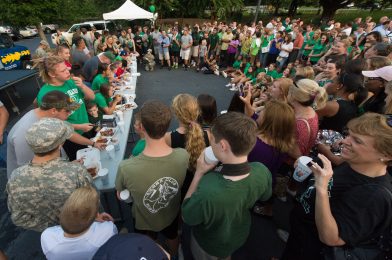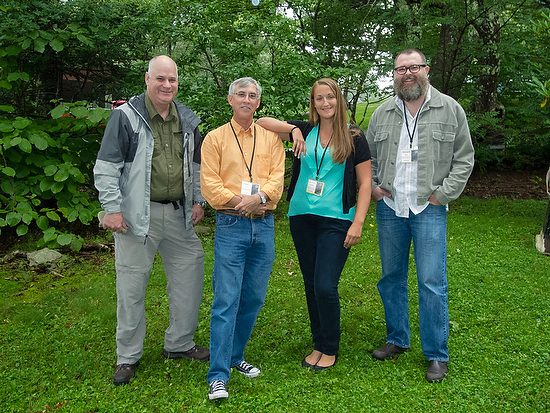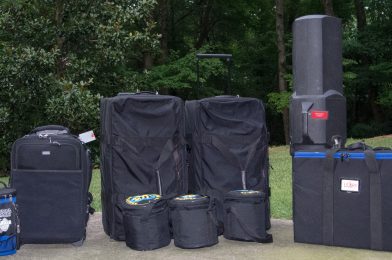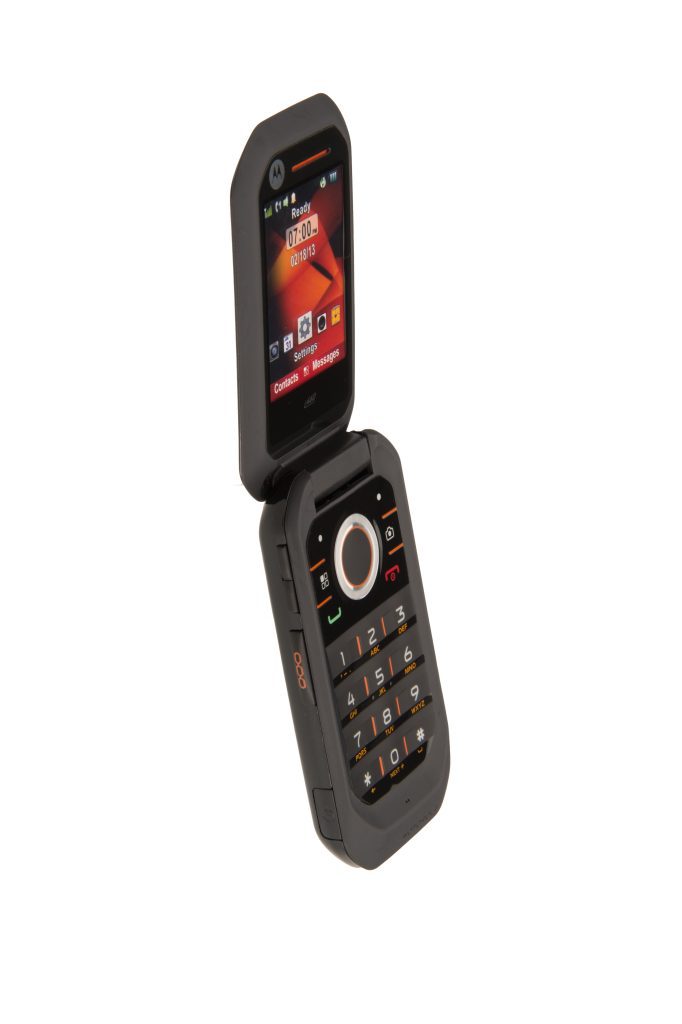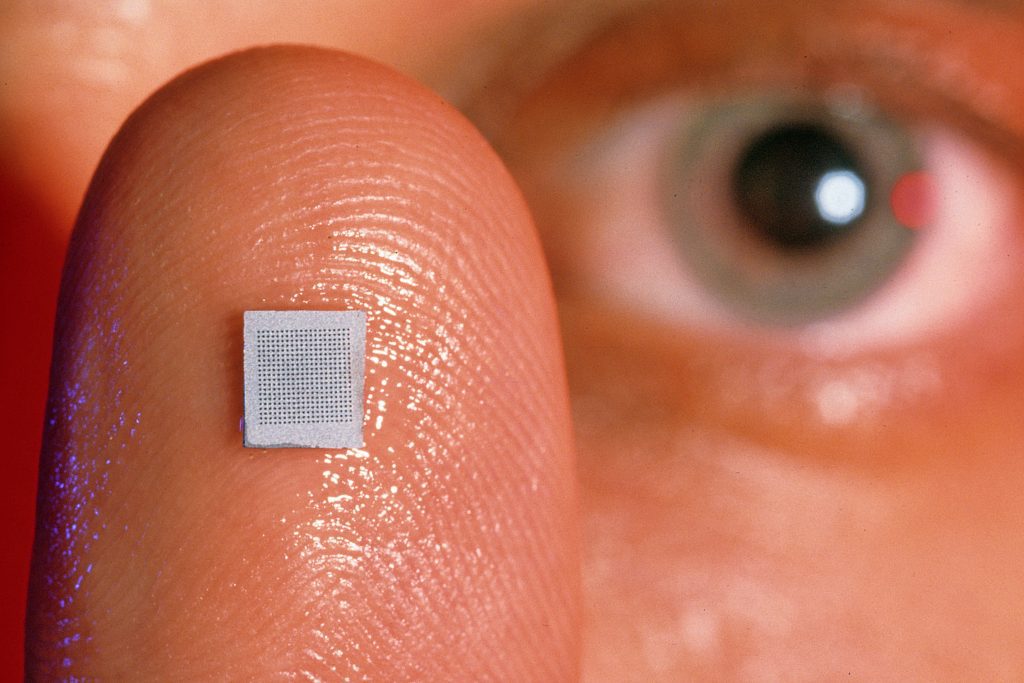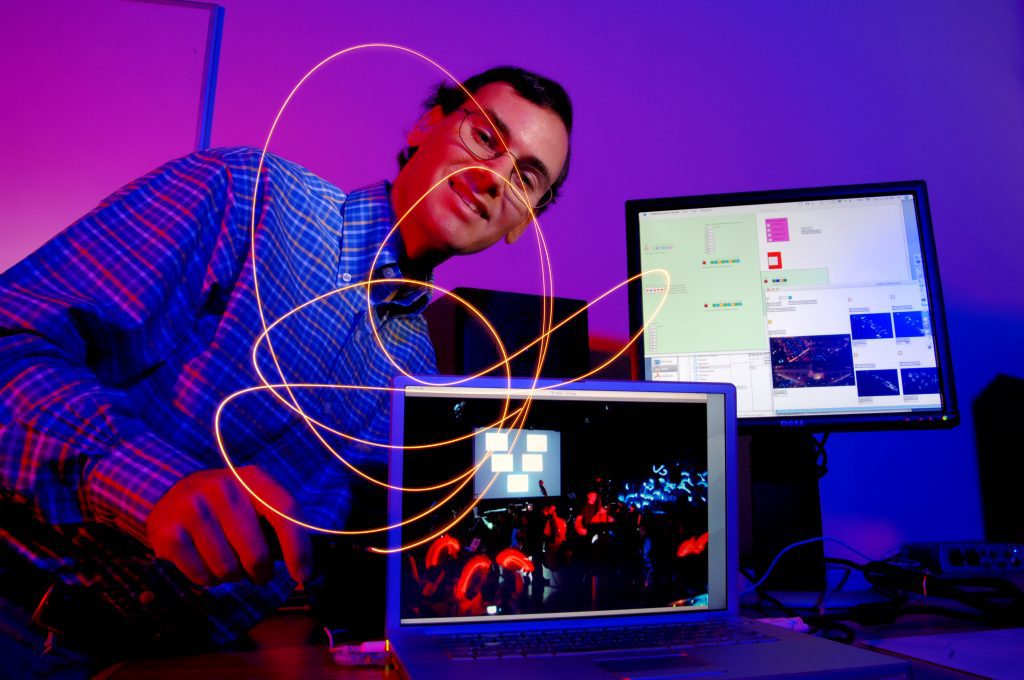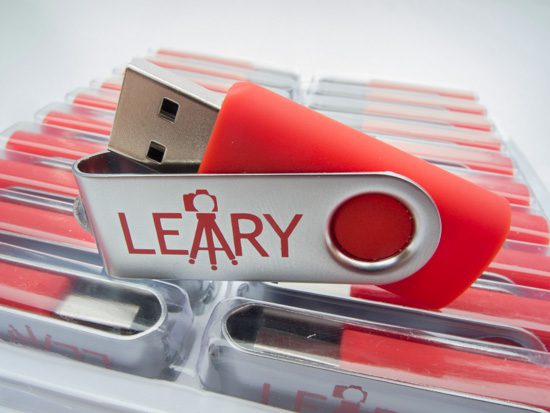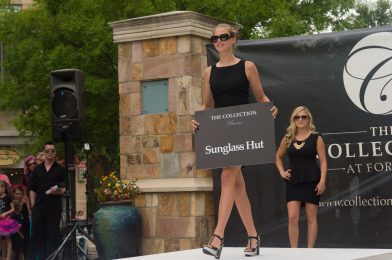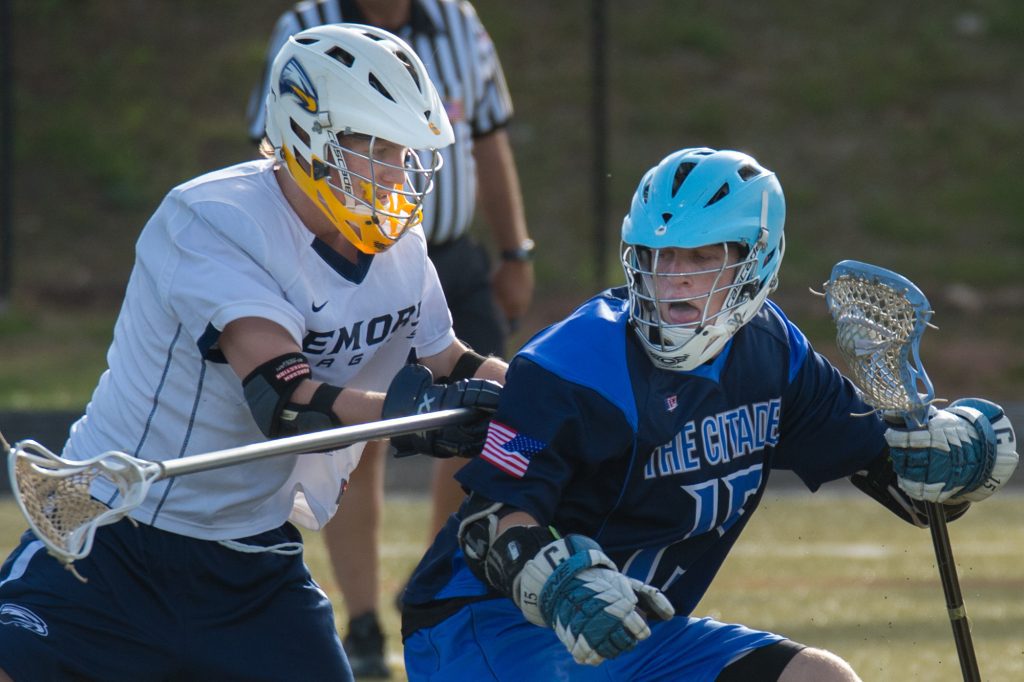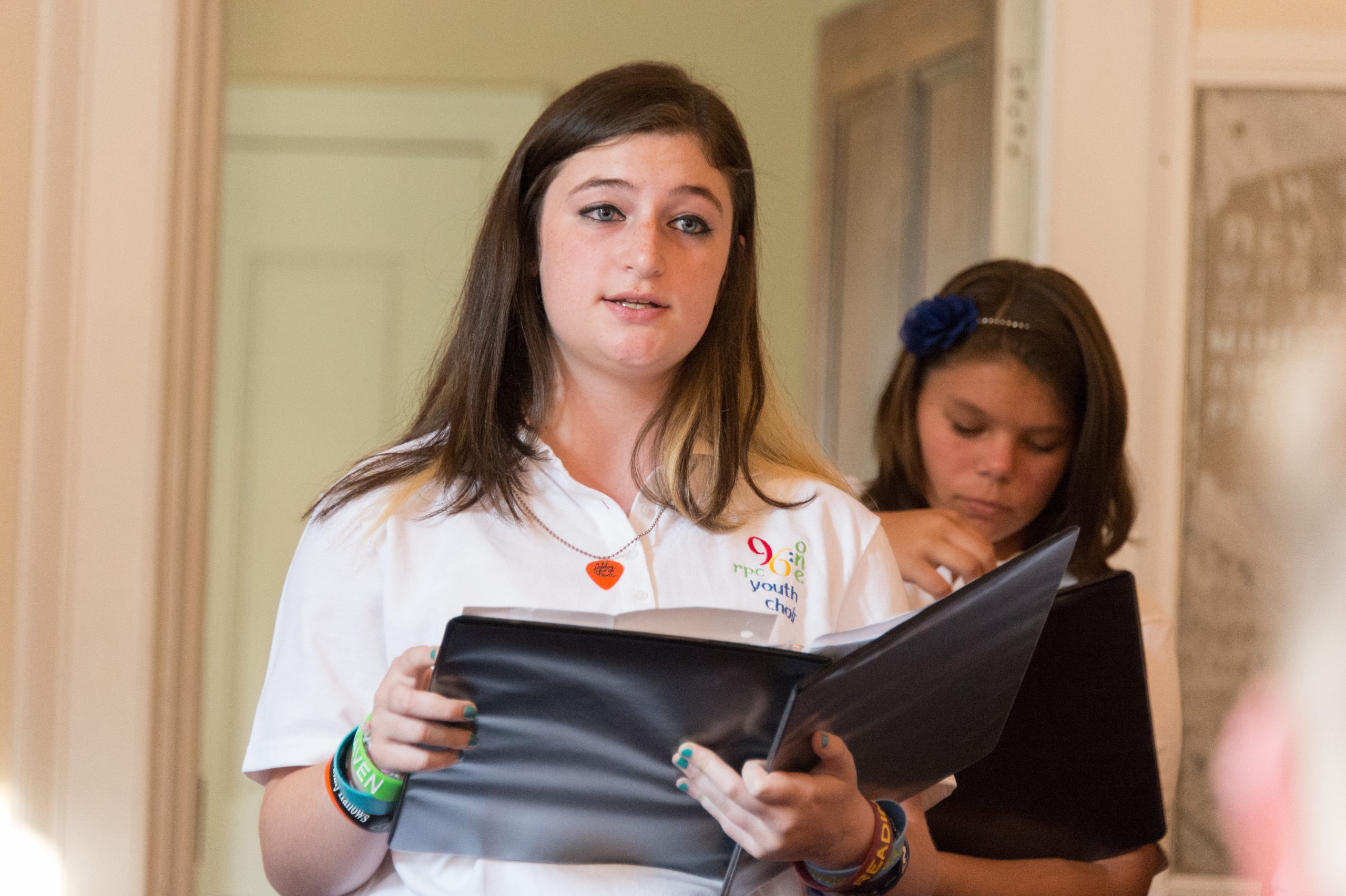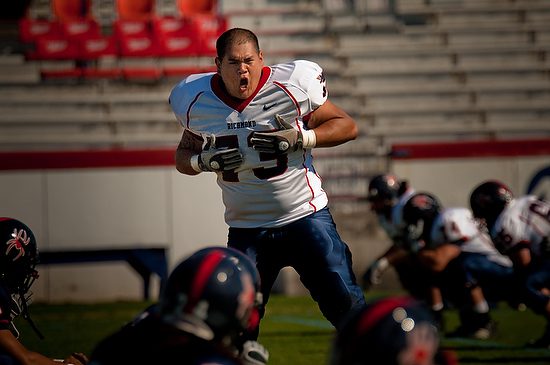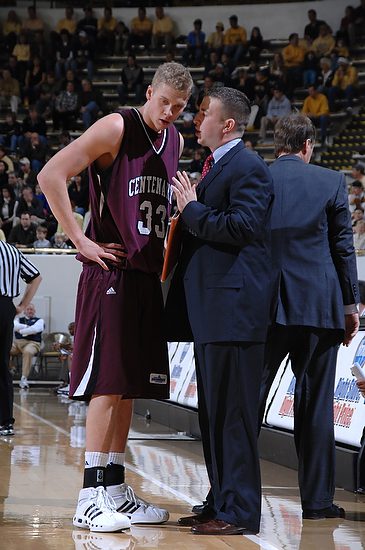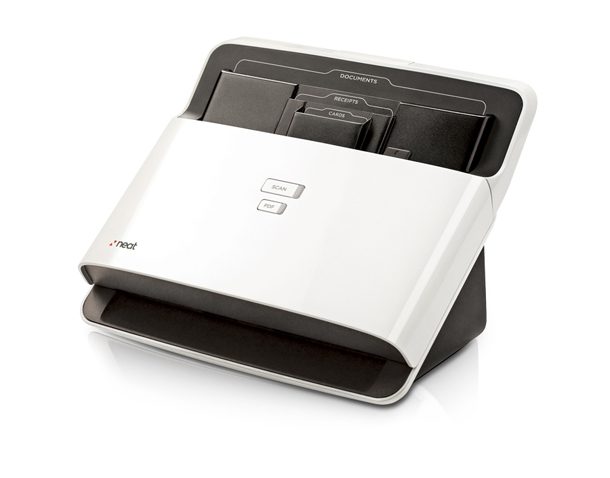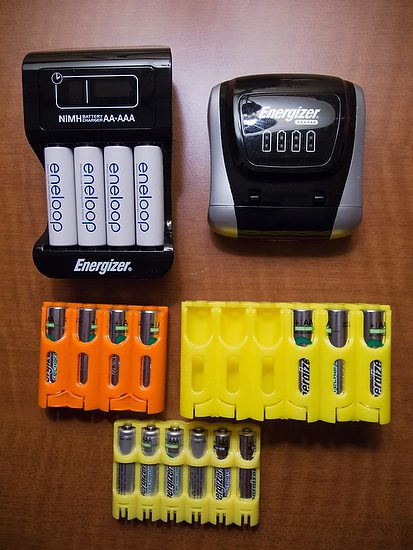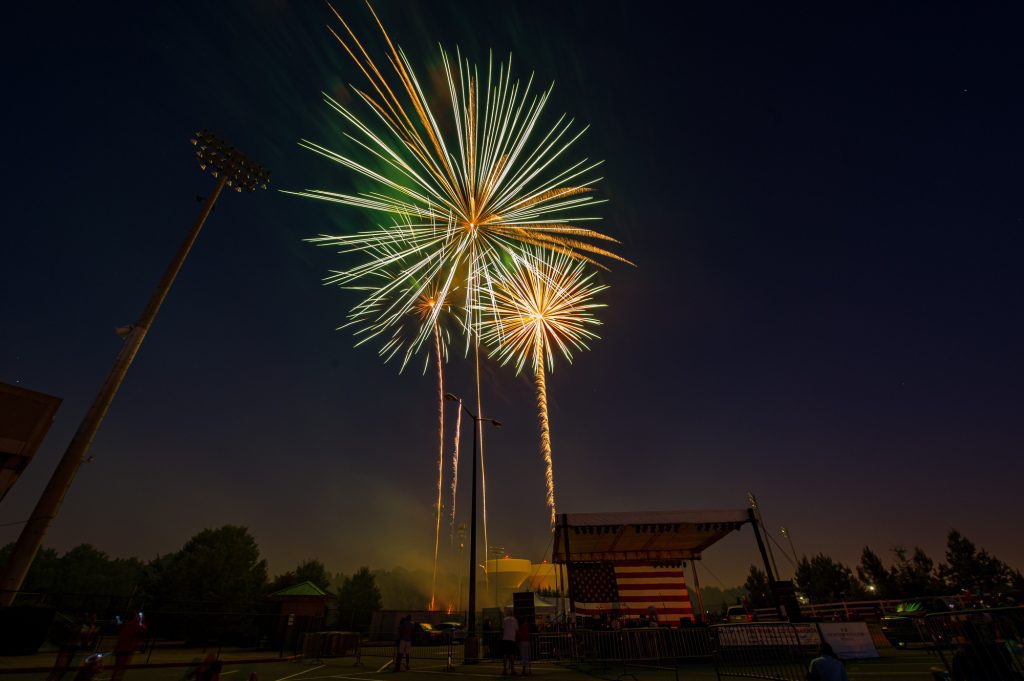| Rib eating contest at Slope’s BBQ to kick off the Roswell High School football season with the community. |
Back to school
Around the country, schools have either started or getting ready to start.
[Sidebar] I wish the first day of school was the same around the country. It would make for easier planning for vacations and coordinating of calendars.
Maybe it never was all the same, but I felt like we all started back around Labor Day at one time in our country history.
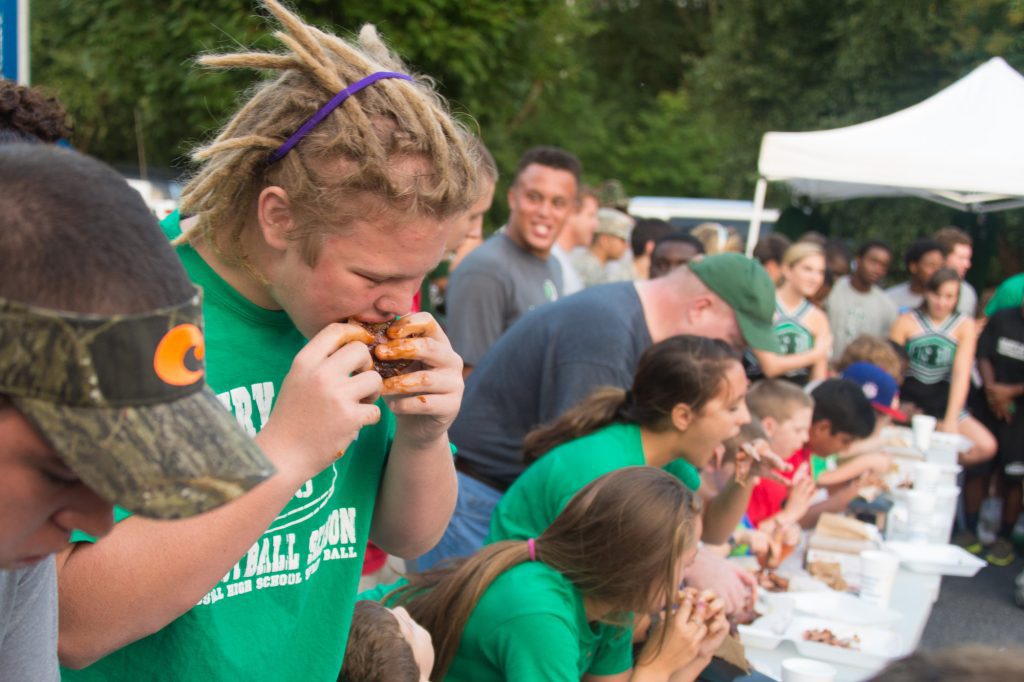
Communities plan parties around events celebrating. One example is while the kickoff football games for college come this weekend, the parties have already begun. These events are a chance for the cheerleaders, football teams, and bands to get out in front of their fans and help start the rallying cry early.
Importance of Ritual
In creating and experiencing personal rituals, you can find strength and comfort in your life, gain perspective, and move deliberately into your future. People engage in practices to achieve a comprehensive set of desired outcomes, from reducing their anxiety to boosting their confidence, alleviating their grief, performing well in a competition, or even making it rain.
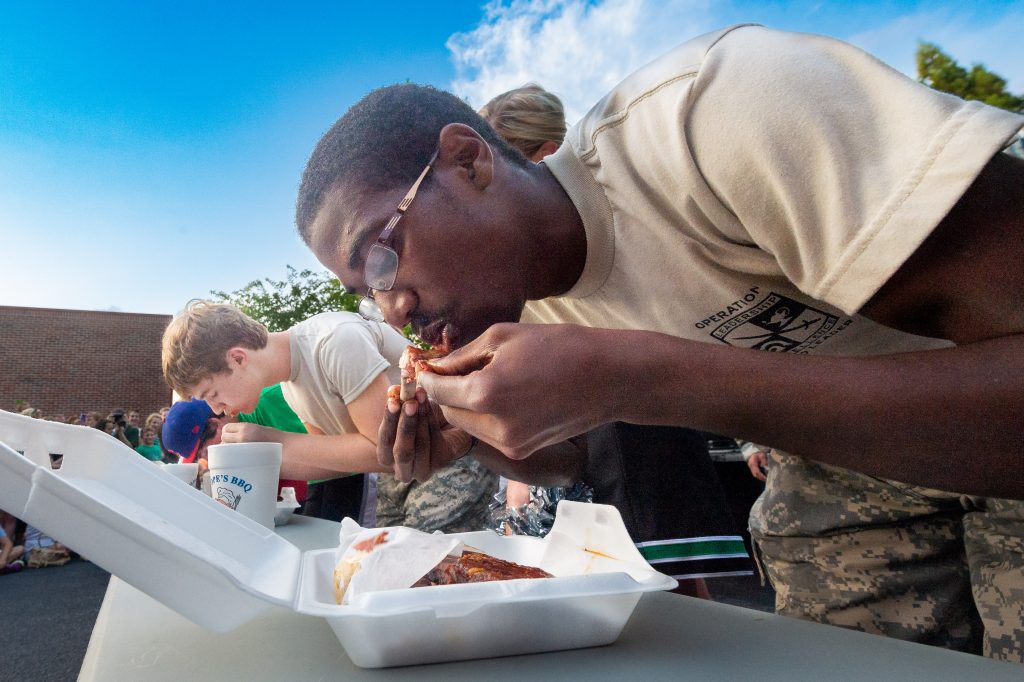
Rituals and ceremonies provide a sense of “before and after,” People come away knowing the experience has positively touched their lives.
My daughter celebrates her first time with High School rituals as a Freshman this year. Each year she celebrates them, she will be counting down and helping her move towards her future.

Create your rituals
Going out for ice cream has been done in our family. My earliest memories are of my grandparents and all of us getting in the car and going to get some ice cream.
Honestly, from a miser’s perspective, it makes no sense to drive to an ice cream shop and spend on one ice cream cone you could have bought a few for if you had gone to the grocery store.
Doing this with my family created a lasting memory for me. Another memory I had with my grandparents was my grandmother making popcorn on the stove.
The one I cherish the most is our family devotion time. I remember all of us taking turns reading the devotional and reading all the missionary names. We would then pray for our family and friends.
For an event to be a ritual, you must do it more than once, preferably all the time.
Rituals for business are how we deliver performance. You most likely already have traditions like coffee time, lunches, and other things that are part of your daily routine.
Maybe you need to create some significant events each year to help your company grow. For example, a simple birthday celebration of the company is a way to have a party and maybe take a moment to commemorate the growth from the previous year.
Successful sports coaches typically use rituals to build social bonds between team members. In addition, it brings team members’ external networks into the family.
I know many companies give out rewards at annual meetings [Rituals]. They invite the spouses to these events often so the spouses may see the tips and encourage them to work hard so they can win the cruise next year.
What is your kickoff event for this year?
What is my kickoff event? I don’t have formal rituals, so I don’t take the time to celebrate what I have accomplished and then take the time to make the necessary changes for the future formally.
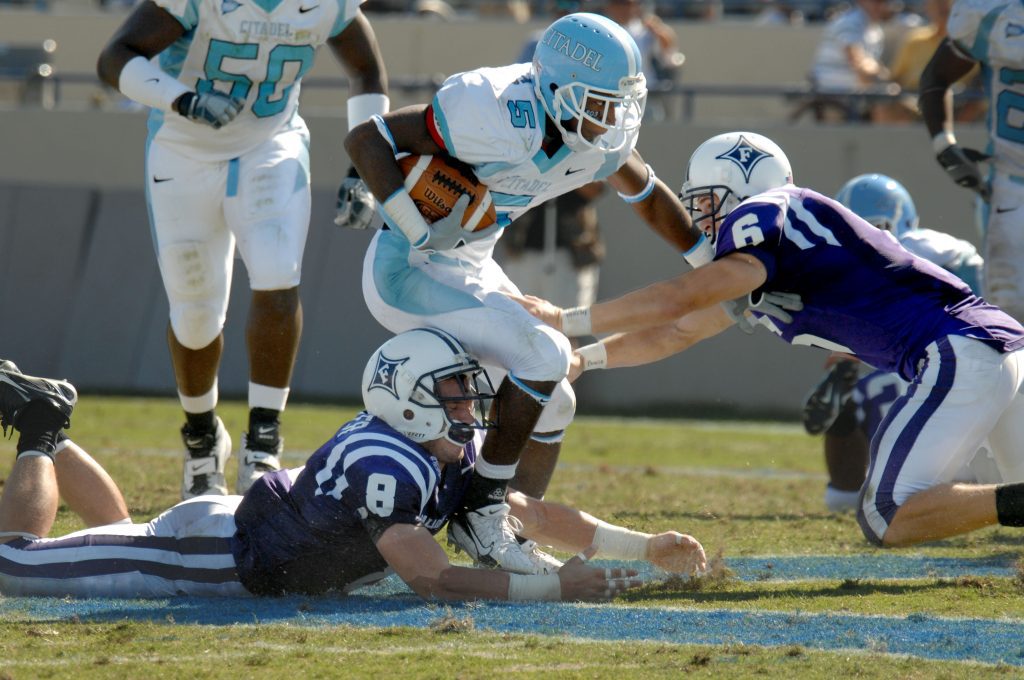
This year will be the 32nd year of my covering football. So what will be different this year? Stay tuned this week as I tell you how I plan to do some things the same and some things differently.

